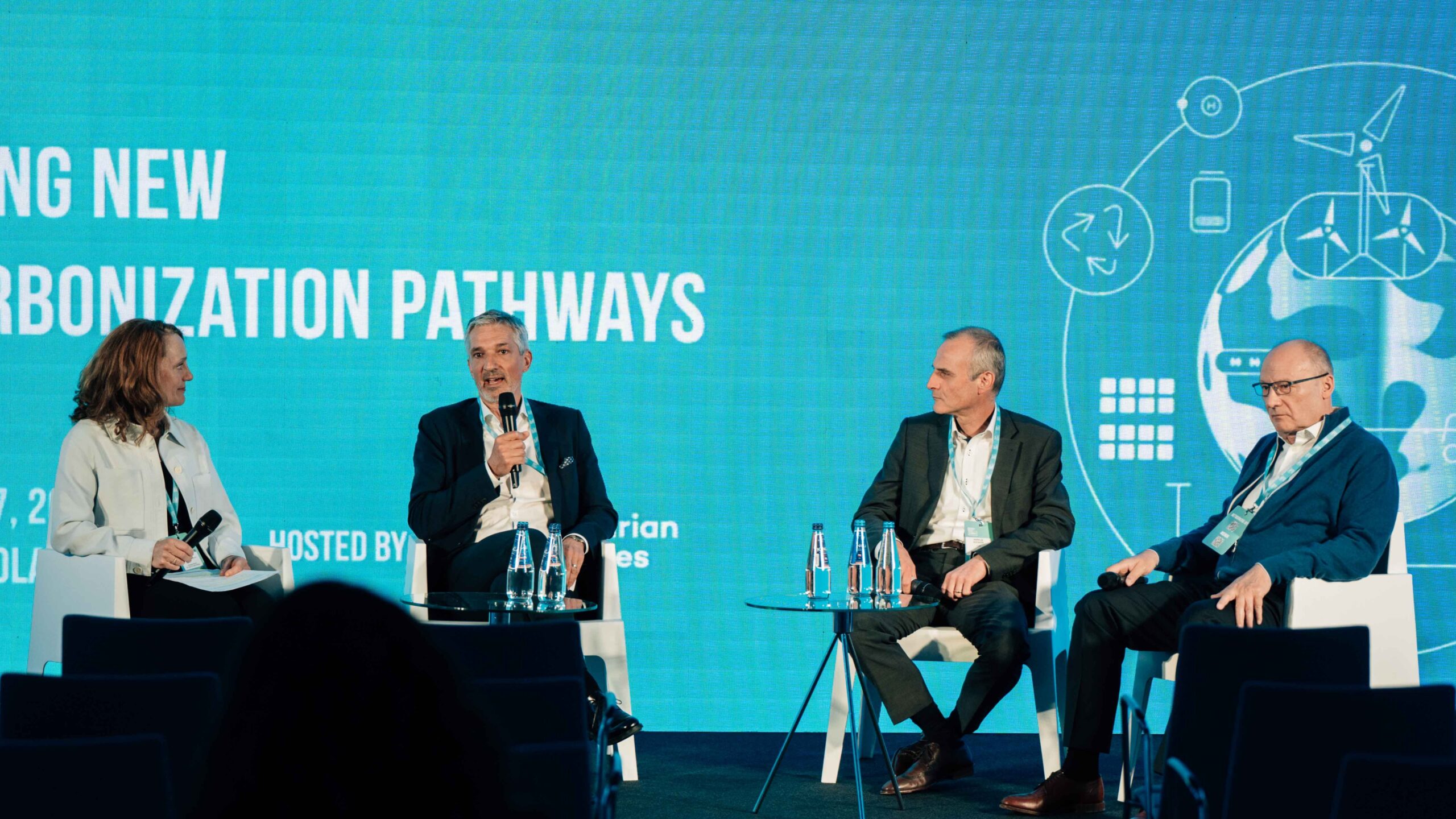Imagine a grid that stands firm against storms and outages, effortlessly adapting to whatever nature throws its way. That’s the level of resilience we’re striving for, and here’s the blueprint.
During Energy Tech Summit 2023, Markus Hofsäß from E.ON, Christoph Frei from Emerald Technology Ventures, Dr. Peter Sobotka from Corinex, and Kathy Butler from CIBC World Markets Inc. steered the conversation towards innovative solutions to reimagine our infrastructure amidst the ongoing climate and energy crisis. They touched upon vital aspects like modernizing the electric grid for enhanced efficiency and resilience.
Here are 7 key strategies to build a grid that can stand the test of time:
1. Embracing decentralization
The days of centralized power production are over. Markus Hofsäß reminded us that the future lies in decentralized sources, scattered across the landscape. Embracing this shift opens doors to a more resilient grid, capable of adapting to diverse energy inputs and fluctuating demands.
2. Investing in digitalization
Christoph Frei emphasized the importance of digitalization in grid resilience. From smart meters to AI algorithms, leveraging technology is essential for monitoring and managing the complex web of energy flows. With real-time data at our fingertips, we can anticipate challenges and optimize performance like never before.
3. Prioritizing decarbonization
“Renewable energy plays a pivotal role in reducing carbon emissions and bolstering grid resilience,” Christoph Frei said. Prioritizing decarbonization efforts not only mitigates the impacts of climate change but also strengthens the resilience of our energy infrastructure.

Christoph Frei, Partner, Emerald Technology Ventures AG at Energy Tech Summit 2023
4. Enhancing communication infrastructure
“Investing in robust communication infrastructure lays the foundation for a more secure and transparent grid ecosystem,” highlighted Dr. Peter Sobotka. By enhancing communication infrastructure, we improve grid visibility and control, paving the way for a more resilient energy system.
5. Embracing flexibility
Christoph Frei emphasized the need for flexibility in our energy systems. Whether through pricing mechanisms or automated controls, fostering flexibility is essential for balancing supply and demand in real time. By tapping into existing assets and deploying innovative solutions, we can enhance grid flexibility and resilience.
6. Navigating regulatory hurdles
“Navigating the regulatory landscape is crucial for driving innovation in grid modernization,” Markus Hofsäß pointed out. From outdated metering laws to evolving energy management regulations, navigating the regulatory landscape is crucial for driving innovation. This can only be achieved through collaboration between industry stakeholders and policymakers.

Markus Hofsäß, Senior Project Manager, E.ON at Energy Tech Summit 2023
7. Encouraging collaboration
At the heart of it all lies the need for collaboration. “Fostering partnerships among stakeholders is key to tackling grid resilience challenges,” explained Dr. Peter Sobotka. By fostering partnerships between utilities, technology providers, and regulators, we can harness collective expertise to build a resilient energy grid for the future.
As we wrap up our journey through energy resilience, one thing becomes abundantly clear: the future of power lies in our ability to adapt, innovate, and embrace change. If we stick to these strategies, we can build a grid that’s not just resilient, but downright unstoppable.


